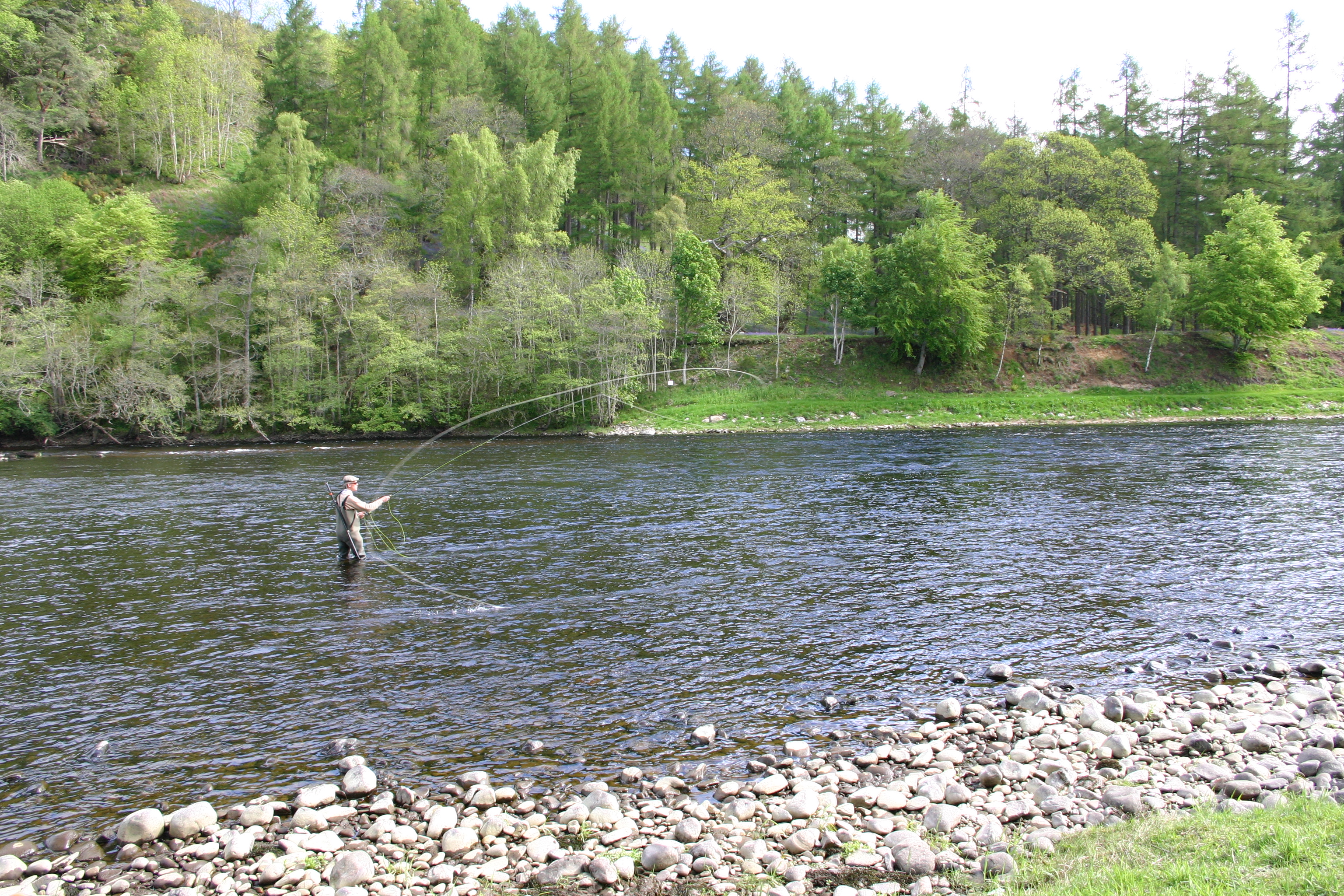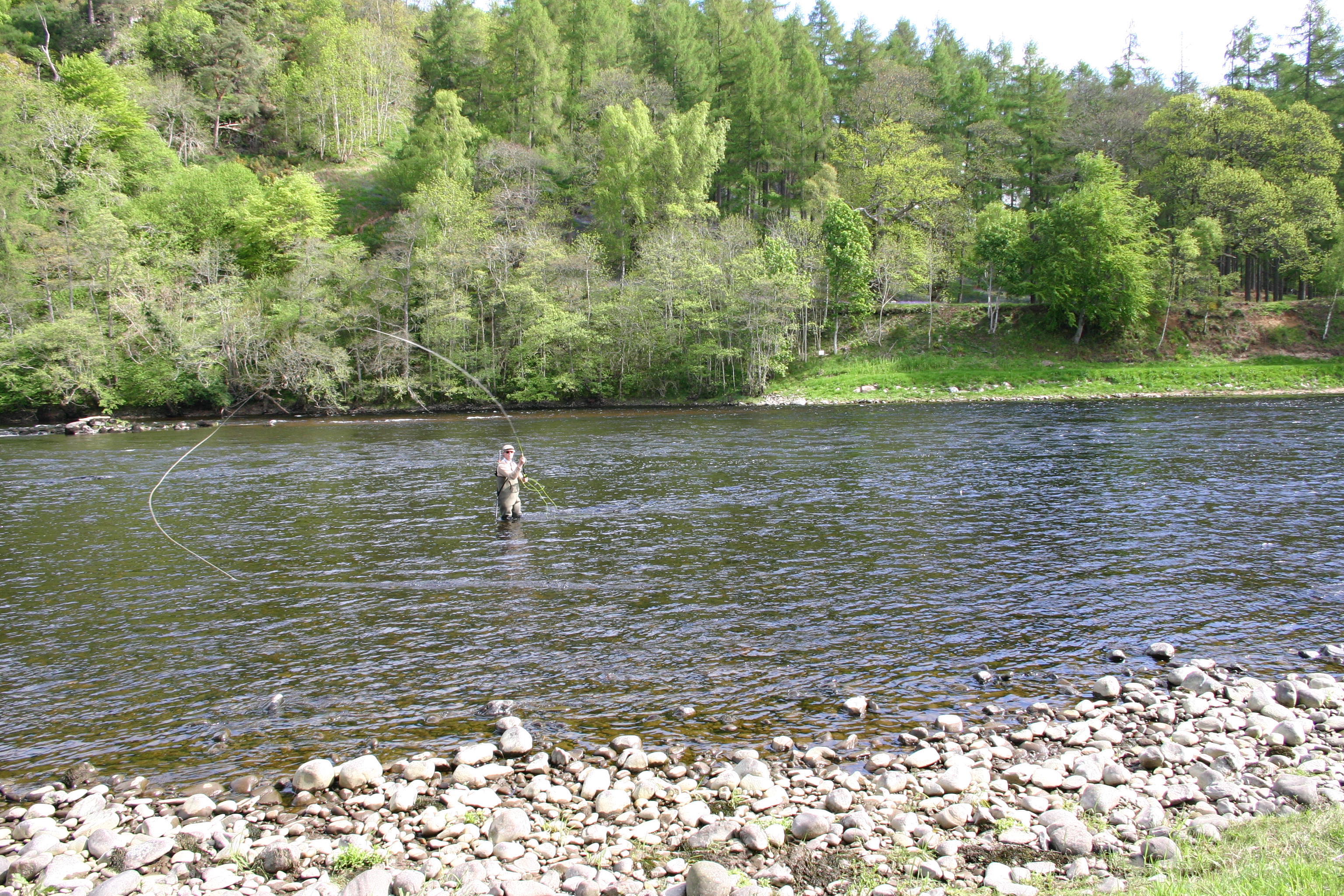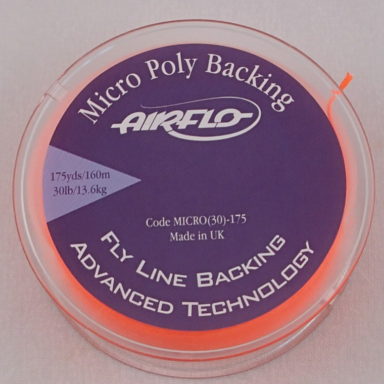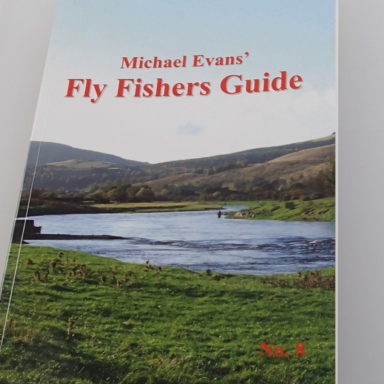Spey casting
The Spey casts are all derivatives of the roll cast and have several important advantages over the overhead cast:
- They are more efficient for wide angle direction changes.
- They can be executed in places with little or no room for a back cast.
- They are also inherently much safer because the fly never goes behind the caster.
You only need to be clouted in the back of the head once by a two-inch brass tube at full speed to understand how dangerous it is to attempt to cast such lures with an overhead cast on a river with a constant requirement for direction changes and perhaps a gusty wind!
There are three main types of Spey cast that I use for my fishing, The Single Spey; Double Spey and Snake Roll. There are others such as the Snap T and Circle C which I do get asked about but both make lots of noise on the water and I don’t like using them for practical fishing purposes.
The choice of which of the main three to use is dictated solely by the direction of the wind in relation to the direction of river flow and is to do with safety and efficiency. In all cases, the preparatory phase of the cast is set up downwind of the angler, so that when the delivery stroke is made, any sudden gust will always blow the hook away from the angler.
You can select the right cast in two ways:
Either think of Downstream wind – use a Double Spey or Snake Roll cast. Upstream wind – use a Single Spey cast.
Or by 3 golden rules…
1. Point your rod at the line on the dangle downstream
2. Face your target
3. Decide which side of you to put the loop so that it is always blown away from you (down wind) and the hand on the down wind shoulder should be uppermost on the rod.
If you have followed these rules your hands will either be awkwardly crossed which tells you it is going to be a single Spey Cast. Or they will be uncrossed in which case you are going to do a double Spey Cast or Snake Roll.
We refer to the ‘right’ or ‘left’ bank of a river as if we were standing in midstream and facing downstream. The bank you are fishing from dictates which hand is uppermost on the rod handle when using a double-handed rod (or which hand casts the rod, using a single-hander). You need to be able to cast with either hand up the handle (i.e., off both shoulders). This is not difficult as long as you remember to use equal force from both hands. Spey casting is a product of technique, not brute force!
For a much more comprehensive guide on Spey Casting and Salmon fishing get my DVD Salmon Fishing & Spey Casting
The single spey cast
Left bank – right hand up. Right bank – left and up.
1. Stand facing square-on to the target. Leave the rod pointing downstream to where the current has taken the line; rod tip at the water surface. To do this, your hands will be rather awkwardly crossed with the rod across your tummy. The cast is made in Walz time.
2. Lift –
the rod by bending your upper (right) forearm at the elbow and slightly towards the near bank, raising the rod to the 10 o’clock position. Pause for the 2,3.
3. Sweep –
your rod right round to the right, with your right hand extended at shoulder level, as if tracking round the rim of an imaginary horizontal plate. As this sweep is completed, bring your right hand inwards and slightly upwards so your thumb finishes beside and level with your right ear. Pause again for the waltz count 2,3.
This movement should have swept the line and fly upstream so that the last three yards of line and the leader splashed down approximately a rod-and-a-half’s length upstream of you. The line should be hanging from the rod tip in a D-loop (you should still be facing your intended target).
4. Hit –
Punch the rod smartly forward, stopping sharply at 10 o’clock in front. This
should project the loop of the fly line out and over the water. Remember, it is
a crisp wrist and forearm snap (push with the upper hand; pull in with the
lower) in order to flex the rod. It should not be a heave with the shoulder
rolling forwards.
For details of the rods & lines used in these shots see the shop. The rod was the ArrowHead 15ft Spey Caster and the line one of my ArrowHead Twin-lines AHT10/11F
The Double Spey Cast
Left bank – left hand up. Right bank – right hand up.
Not twice as difficult, but merely a Single Spey with one extra movement! In fact, the Double Spey with a short line is rather easier than the Single Spey because the timing is less critical. This is not a distance cast without a strong downstream wind.
I teach the Double Spey before the more efficient Snake Roll cast because it is easier to learn, and still works even if you are standing on the bank. If you have a bit more clearance for a bigger loop, the Snake Roll is the superior cast for distance
Assume you are on the right bank with a good down-stream wind. Face the target, but leave the rod pointing at the fished out line downstream. With the rod across your tummy and your right hand uppermost on the handle, your hands will not be crossed.
1. Tow some line upstream – Lift just slightly and tow the rod top upstream until your hands are crossed over (as they were for the Single Spey). This will bring enough line up stream to form the loop but will leave the fly still downstream of you.
2. Lift – up to 10 o’clock and slightly in towards the nearside bank up-stream of you (just as you did for the Single Spey). Pause for the 2, 3 of the waltz time.
3. Sweep – now (again, just as for the Single Spey) sweep the rod out and around (i.e. back downstream) and lift back up so your right thumb is level with your right ear. As you do this, the line will peel back downstream and round before forming the D-loop behind the rod just off your downstream shoulder. The ‘foot’ of the loop (leader and fly) should be anchored lightly in the water. Pause again for the 2, 3
4. Hit – Drive the loop out as for the Single Spey: a firm, wristy snap punching out towards the target with the upper hand; a simultaneous sharp tug in to your hip bone with the lower hand.
The Snake Roll Cast
 The Snake Roll cast must only be used in a downstream wind. In fact, it is positively dangerous without one. Creating bigger loops, it is the better cast for long distances.
The Snake Roll cast must only be used in a downstream wind. In fact, it is positively dangerous without one. Creating bigger loops, it is the better cast for long distances.
On the right bank. Start as for the Double Spey, facing the target and with the right hand up the rod handle. Then, lift the rod first in towards the bank, and then up, curving out towards the stream before tucking back in and under, as if painting a mirror image lower case letter ‘e’ with the tip of the rod, before lifting back up into the launch position with your thumb level with your right ear.
This entire movement should lift the line off the water, spiral it back towards you, and deposit the required last few yards of line plus leader (the ‘anchor’) down onto the water about a rod-length downstream of your right shoulder. At the same time, the D-loop will form behind the rod, ready for you to punch it forwards to the target. Adjustment must be made with the amount of initial lift and the size of the tuck-under circle to get it right, but it is really worth the practice.
Casting is notoriously difficult to describe in words. Purchase my videos or DVDs, it’s much clearer there!










